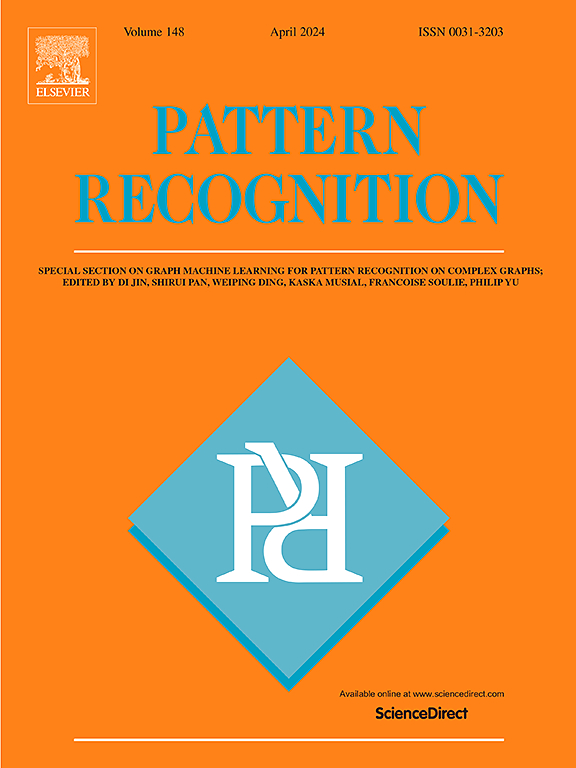最近邻类原型提示和模拟logits持续学习
IF 7.6
1区 计算机科学
Q1 COMPUTER SCIENCE, ARTIFICIAL INTELLIGENCE
引用次数: 0
摘要
持续学习允许单个模型从非静态数据流中的一系列任务中获取知识,而不会屈服于灾难性的遗忘。在广泛的数据集上进行预先训练的视觉转换器,最近使基于提示的方法成为依赖排练的方法的无范例替代方案。尽管如此,这些方法中的大多数都使用键值查询系统来集成相关提示,这可能会导致键卡在局部最小值中。为了解决这个问题,我们建议使用一种直接的最近邻类原型搜索方法来推断任务标签,这可以通过适当的提示来改进对齐。此外,我们通过在查询函数本身中嵌入提示来提高任务标签推理的准确性,从而能够更好地从样本中提取特征。为了进一步减少跨任务分类中的任务间混淆,我们在训练时将模拟logits纳入分类器中。这些逻辑模拟来自其他任务的强烈响应,帮助改进分类器的决策边界。我们的方法优于许多现有的基于提示的方法,在三个广泛使用的类增量学习数据集上创造了新的最先进的记录。本文章由计算机程序翻译,如有差异,请以英文原文为准。
Nearest-neighbor class prototype prompt and simulated logits for continual learning
Continual learning allows a single model to acquire knowledge from a sequence of tasks within a non-static data stream without succumbing to catastrophic forgetting. Vision transformers, pre-trained on extensive datasets, have recently made prompt-based methods viable as exemplar-free alternatives to methods reliant on rehearsal. Nonetheless, the majority of these methods employ a key–value query system for integrating pertinent prompts, which might result in the keys becoming stuck in local minima. To counter this, we suggest a straightforward nearest-neighbor class prototype search approach for deducing task labels, which improves the alignment with appropriate prompts. Additionally, we boost task label inference accuracy by embedding prompts within the query function itself, thereby enabling better feature extraction from the samples. To further minimize inter-task confusion in cross-task classification, we incorporate simulated logits into the classifier during training. These logits emulate strong responses from other tasks, aiding in the refinement of the classifier’s decision boundaries. Our method outperforms many existing prompt-based approaches, setting a new state-of-the-art record on three widely-used class-incremental learning datasets.
求助全文
通过发布文献求助,成功后即可免费获取论文全文。
去求助
来源期刊

Pattern Recognition
工程技术-工程:电子与电气
CiteScore
14.40
自引率
16.20%
发文量
683
审稿时长
5.6 months
期刊介绍:
The field of Pattern Recognition is both mature and rapidly evolving, playing a crucial role in various related fields such as computer vision, image processing, text analysis, and neural networks. It closely intersects with machine learning and is being applied in emerging areas like biometrics, bioinformatics, multimedia data analysis, and data science. The journal Pattern Recognition, established half a century ago during the early days of computer science, has since grown significantly in scope and influence.
 求助内容:
求助内容: 应助结果提醒方式:
应助结果提醒方式:


